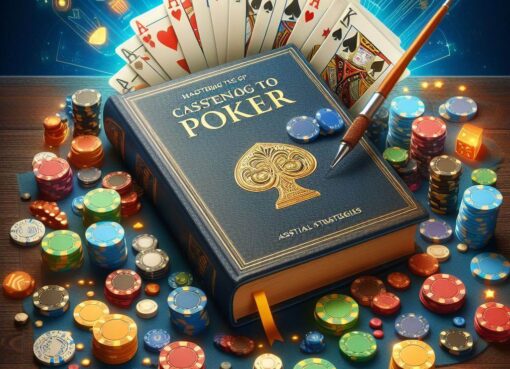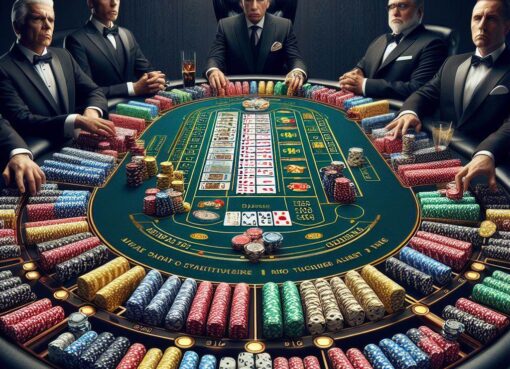Mastering the Bluff: Psychological Warfare at the Poker Table

at the Poker Table
- Briefly introduce the concept of bluffing as a fundamental aspect of poker.
- Explain the importance of psychological warfare in poker.
- Set the stage for the reader to understand that mastering the art of bluffing can significantly improve their poker game.
The Psychology of Bluffing
- Understanding Human Behavior: Discuss how poker is not just a game of cards but a game of minds, involving reading opponents and making calculated decisions based on incomplete information.
- Psychological Theories Relevant to Poker: Introduce theories like risk-reward analysis, cognitive dissonance, and tells interpretation.
- The Art of Deception: Explore how deception plays a crucial role in poker, at the Poker Table including maintaining a poker face and the psychological impact of being unpredictable.
Types of Bluffs
- Pure Bluff: Betting with a hand that has little to no chance of improving.
- Semi-Bluff: Bluffing with a hand that could improve to a strong hand in later rounds.
- Continuation Bet: Betting on the flop after leading the betting pre-flop, regardless of hand strength.
- The Check-Raise: A deceptive play that involves checking to induce a bet and then raising.
Recognizing and Using Tells
- Physical Tells: Discuss common physical tells (e.g., changes in posture, facial expressions, hand movements) and how they can indicate a player’s confidence in their hand.
- Verbal Tells: Analyze how players’ verbal cues or the way they bet can reveal information about their hand strength.
- How to Conceal Your Own Tells: Offer strategies for minimizing your own tells, including practicing a consistent betting routine and controlling involuntary reactions.
Strategies for Effective Bluffing
- Choosing the Right Moments to Bluff: Discuss the importance of timing, table image, and opponent reading in selecting moments to bluff.
- Bluffing Against Different Types of Players: Tailor your bluffing strategy to exploit the tendencies of aggressive, passive, loose, and tight players.
- Managing Your Bankroll: Emphasize the importance of managing your bankroll to sustain your ability to bluff effectively without risking too much.
The Mental Game
- Emotional Control: Stress the importance of keeping emotions in check to avoid tilt, which can make bluffs more predictable.
- Psychological Endurance: Offer advice on maintaining focus and resilience during long poker sessions.
- The Importance of Adaptation: Encourage flexibility in strategy and the ability to learn from unsuccessful bluffs.
Advanced Bluffing Techniques
- Multi-Level Thinking: Explain the concept of levels of thinking in poker and how to think several moves ahead.
- Balancing Your Range: Discuss how to keep opponents guessing by balancing bluff hands with strong hands.
- Bluffing in Tournament Play vs. Cash Games: Outline how bluffing strategies can vary between tournament play and cash games due to differing structures and stakes.
Conclusion
- Recap the importance of mastering the bluff as part of a comprehensive poker strategy.
- Encourage readers to practice the concepts discussed in a responsible and mindful manner, emphasizing that bluffing is an art that requires patience and experience to perfect.
Additional Resources
- Suggest books, online courses, and other resources for readers who want to dive deeper into the psychological aspects of poker and advanced bluffing techniques.
By following this outline and expanding on each section, you can create a thorough and engaging blog post that explores the intricate role of bluffing in poker, at the Poker Table offering valuable insights and strategies to readers looking to enhance their game through psychological warfare.
Baca Juga: Mastering the Art of Poker: Strategies for Casino Dominance


